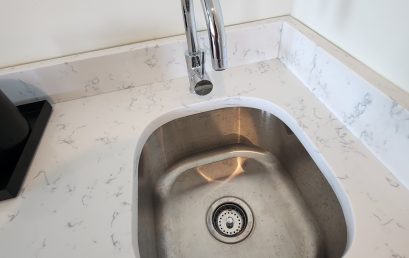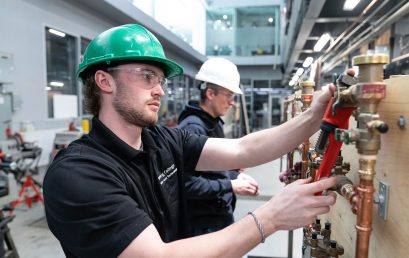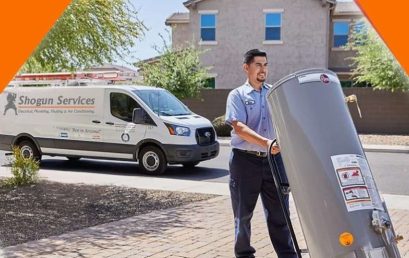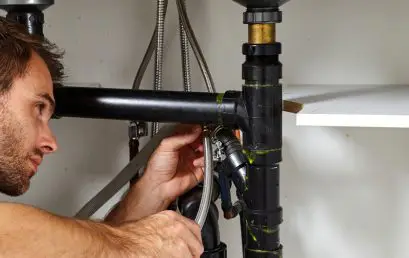When Was Indoor Plumbing Invented?
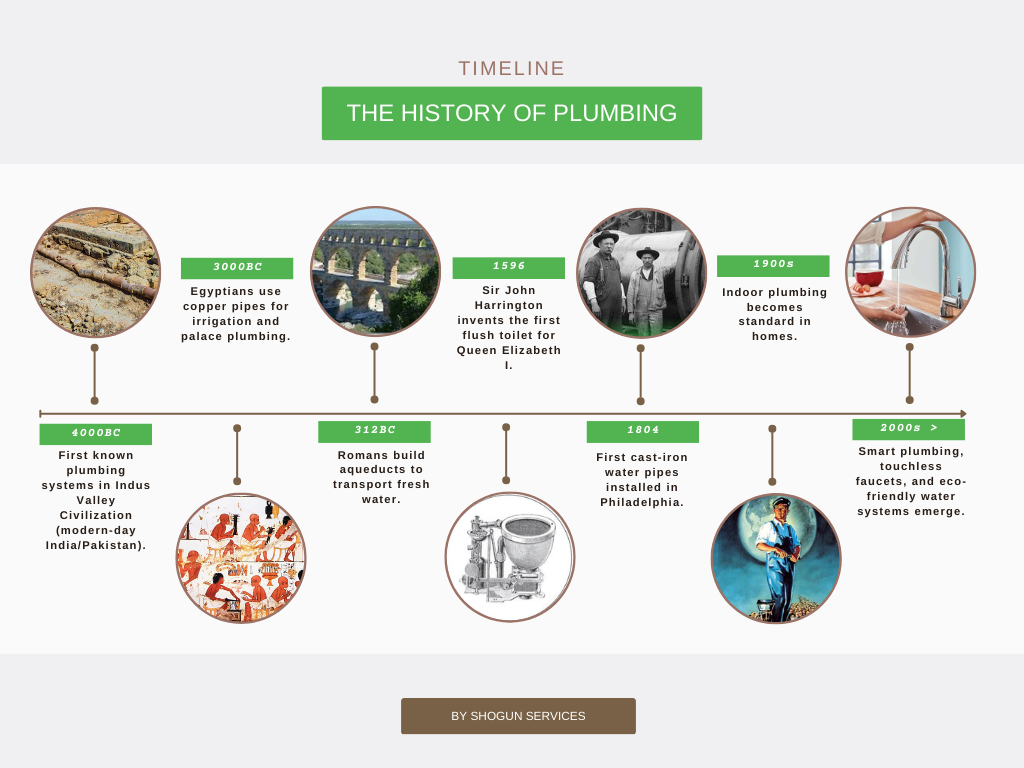
The History of Plumbing: A Timeline
The concept of indoor plumbing can be traced back to the Romans, who developed aqueducts, public baths, and complex sewage systems. However, after the fall of the Roman Empire, plumbing advancements stalled for centuries. It wasn’t until the 19th century that modern indoor plumbing systems began to emerge. So, if you’re wondering when indoor plumbing was invented?”, the true transformation began in the 1800s, when cities implemented water supply systems and sanitation reforms to combat disease outbreaks. By the early 1900s, indoor plumbing became a standard feature in many homes across developed nations.
🏺 Ancient Civilizations (4000-1000 BC)
4000 BC – First known plumbing systems in the Indus Valley Civilization.
3000 BC – Egyptians use copper pipes for irrigation and palace plumbing.
1500 BC – Minoans develop advanced drainage, toilets, and running water.
🏰 Roman Innovations (500 BC – 500 AD)
312 BC – Romans build aqueducts to transport fresh water.
100 AD – Public bathhouses, lead pipes, and underground sewage become widespread.
476 AD – Fall of Rome leads to a decline in plumbing advancements.
⚙️ Medieval & Renaissance (500-1800s)
1400s – Chamber pots and open sewers are common in Europe.
1596 – Sir John Harrington invents the first flush toilet for Queen Elizabeth I.
1775 – Alexander Cumming patents the S-trap, improving drainage.
🚰 Modern Plumbing (1800s – Present)
1804 – First cast-iron water pipes installed in Philadelphia.
1850s – Cities develop modern sewage systems to prevent disease.
1885 – Chicago builds the first water tower to regulate pressure.
1900s – This period marks the answer to “when was indoor plumbing invented,” as it became widely available in homes across developed nations.
1986 – Lead pipes are banned in the U.S. due to health concerns.
2000s-Present – Smart plumbing, touchless faucets, and eco-friendly water systems emerge.
The Importance of Indoor Plumbing: A Modern Necessity
Indoor plumbing is one of the most significant advancements in human civilization, improving sanitation, health, and daily convenience. But when was indoor plumbing invented? The answer dates back to ancient civilizations, yet it became widely available in homes only in the late 19th and early 20th centuries. Today, it plays a vital role in modern living, providing clean water, efficient waste removal, and overall comfort.
Why Indoor Plumbing Matters
Public Health & Sanitation 🏥
Before widespread plumbing, contaminated water sources led to deadly diseases like cholera and typhoid. Indoor plumbing ensures safe drinking water and proper sewage disposal, significantly reducing health risks.Convenience & Comfort 🚿
Imagine having to fetch water from a well or use an outdoor toilet! Indoor plumbing provides easy access to running water, hot showers, and flushing toilets, making daily life far more comfortable.Water Conservation & Efficiency 💧
Modern plumbing systems help regulate water usage through low-flow fixtures, efficient piping, and smart technology, reducing waste and conserving resources.Economic & Infrastructure Development 🏗
Indoor plumbing has allowed cities to grow by supporting modern buildings, industries, and residential developments, making it essential for economic progress.Hygiene & Disease Prevention 🦠
Access to clean water enables proper handwashing, bathing, and food preparation, all of which are crucial in preventing illness and maintaining overall well-being.
The Future of Indoor Plumbing
As technology advances, so does indoor plumbing. Smart faucets, water filtration systems, and eco-friendly solutions are shaping the future of water use. The focus is on sustainability, efficiency, and accessibility, ensuring that clean water remains available to all.
Final Thoughts
So, when was indoor plumbing invented? While its origins date back thousands of years, modern indoor plumbing became widely available in the 19th and 20th centuries. Today, it’s an essential part of daily life, ensuring hygiene, convenience, and sustainability. As we continue to innovate, the importance of indoor plumbing will only grow, shaping the way we live for generations to come.

